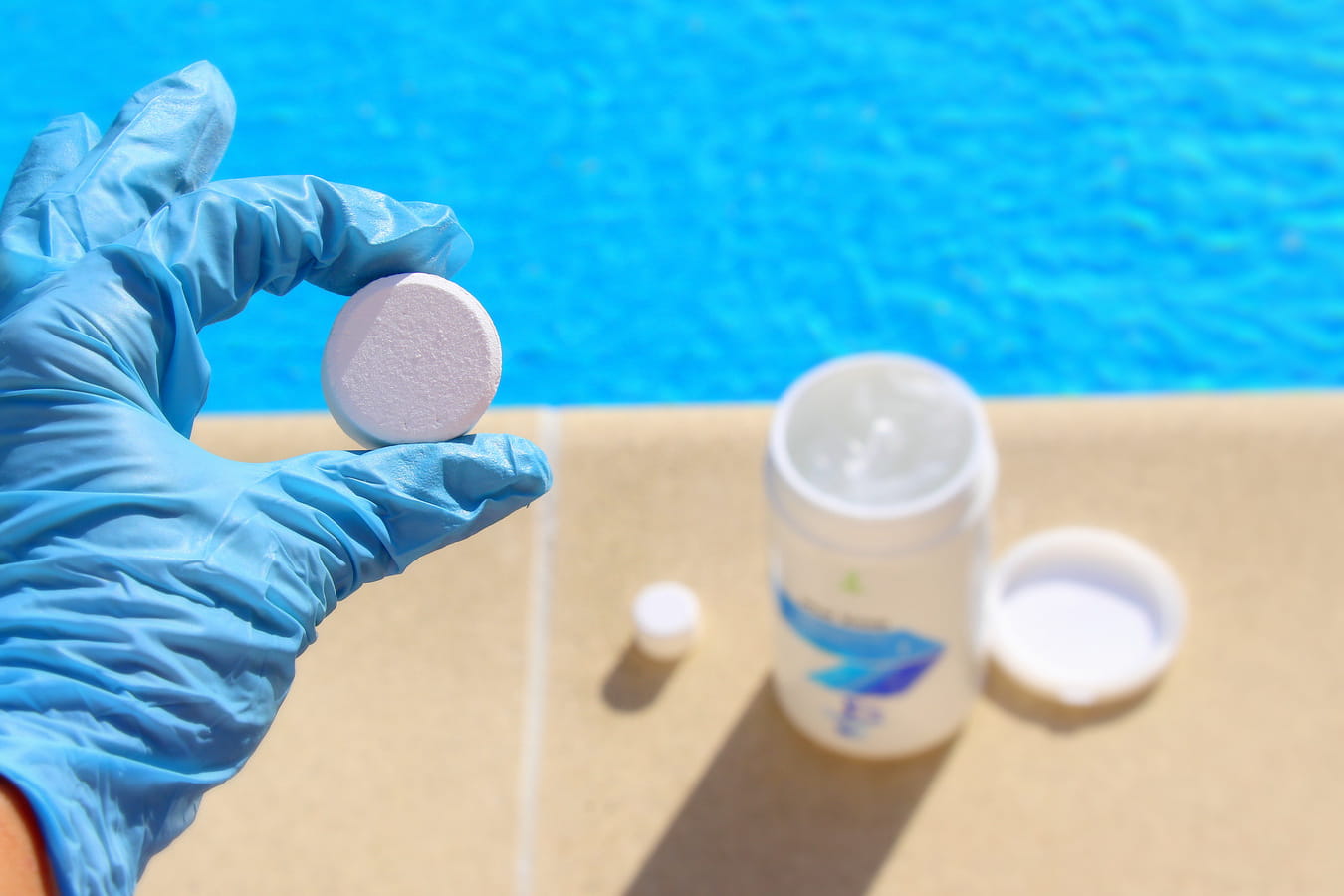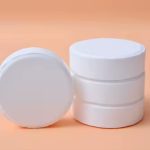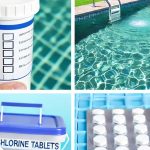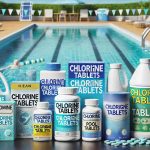When it comes to maintaining a clean and safe swimming pool, chlorine tablets play a pivotal role. They are essential for sanitizing the water, ensuring that harmful bacteria and algae do not flourish. However, even experienced pool owners can find themselves in a predicament if they accidentally add too many chlorine tablets. If you find yourself in this situation, there’s no need to panic. With the right steps, you can rectify the issue and restore your pool to its optimal state.

The Importance of Chlorine Balance
Maintaining the right balance of chlorine in your pool is crucial. Chlorine levels that are too low can lead to water that is unsafe for swimming, allowing bacteria and algae to thrive. Conversely, excessive chlorine can cause irritation for swimmers and damage your pool equipment. Thus, understanding how to properly use chlorine tablets is key to successful pool maintenance.
Signs of Excess Chlorine
Recognizing the signs of over-chlorination can help you take swift action. Some common indicators include:
1. Strong Chlorine Odor:
A potent chlorine smell can signify high levels of chlorine in the water.
2. Skin and Eye Irritation:
Swimmers may experience discomfort, such as burning eyes and skin rashes.
3. Cloudy Water:
Excessive chlorine can lead to water that appears cloudy rather than clear.
4. Increased pH Levels:
Over-chlorination can cause fluctuations in pH, leading to further water quality issues.
Immediate Steps to Take
If you discover that you’ve added too many chlorine tablets, follow these steps to correct the issue:
1. Test the Water
The first step is to test the chlorine levels using a reliable pool testing kit. If the reading exceeds the safe range of 1-3 ppm, you’ll need to take action. Regular testing is a vital part of pool maintenance, helping you keep an eye on not only chlorine levels but also pH and alkalinity.
2. Dilute the Chlorine
One effective way to lower chlorine levels is by diluting the pool water. You can achieve this by adding fresh water to the pool. This is particularly effective if the over-chlorination is not severe. Be cautious, though, as adding too much water can disrupt the overall chemical balance of your pool.
3. Wait It Out
Chlorine naturally dissipates over time, especially with sunlight exposure. If the chlorine levels are only slightly elevated, you might consider simply waiting. The time it takes for chlorine to dissipate can vary, influenced by factors like sunlight, temperature, and pool usage.
4. Use a Neutralizing Agent
In more severe cases, you may need to employ a chlorine neutralizer, such as sodium thiosulfate. This chemical effectively reduces chlorine levels and can quickly restore balance to your pool. Always follow the instructions on the product label to avoid overcorrecting the chlorine levels.
5. Monitor and Adjust pH Levels
After addressing chlorine levels, check the pH of your pool water. High chlorine can increase pH levels, which can cause further complications. Ideally, pH should remain between 7.2 and 7.8. Use appropriate chemicals to adjust the pH if needed, ensuring that the water remains comfortable for swimming.
Prevention Tips
To prevent over-chlorination in the future, consider these proactive measures:
1.Follow Manufacturer Guidelines:
Always read and adhere to the instructions when using chlorine tablets. Each product may have different recommendations based on its formulation.
2.Calculate Your Needs:
Determine the appropriate dosage based on your pool’s size, usage, and weather conditions. If unsure, consult with a pool maintenance expert.
3.Invest in Automation:
Consider using a chlorine dispenser or feeder. These devices automatically release the correct amount of chlorine into the pool, helping to prevent accidental overuse.
4.Regular Testing:
Make it a habit to test your pool water regularly. Keeping a close eye on chlorine levels will allow you to make necessary adjustments before issues arise.
Conclusion
Putting too many chlorine tablets in your pool can be a distressing experience, but it is manageable with the right knowledge and action. Understanding how to identify signs of over-chlorination and implementing corrective measures will help you maintain a safe and enjoyable swimming environment. Always prioritize regular water testing and proper dosage when managing your pool’s chemistry.
When you buy pool chlorine tablets, whether you opt for high-end or cheap pool chlorine tablets, make informed decisions that align with your pool’s needs. This will ensure a safe, clean, and inviting pool for all to enjoy. If you ever find yourself unsure, don’t hesitate to reach out to a pool maintenance professional for guidance and support. With proper care and attention, your pool can remain a refreshing oasis throughout the swimming season.





